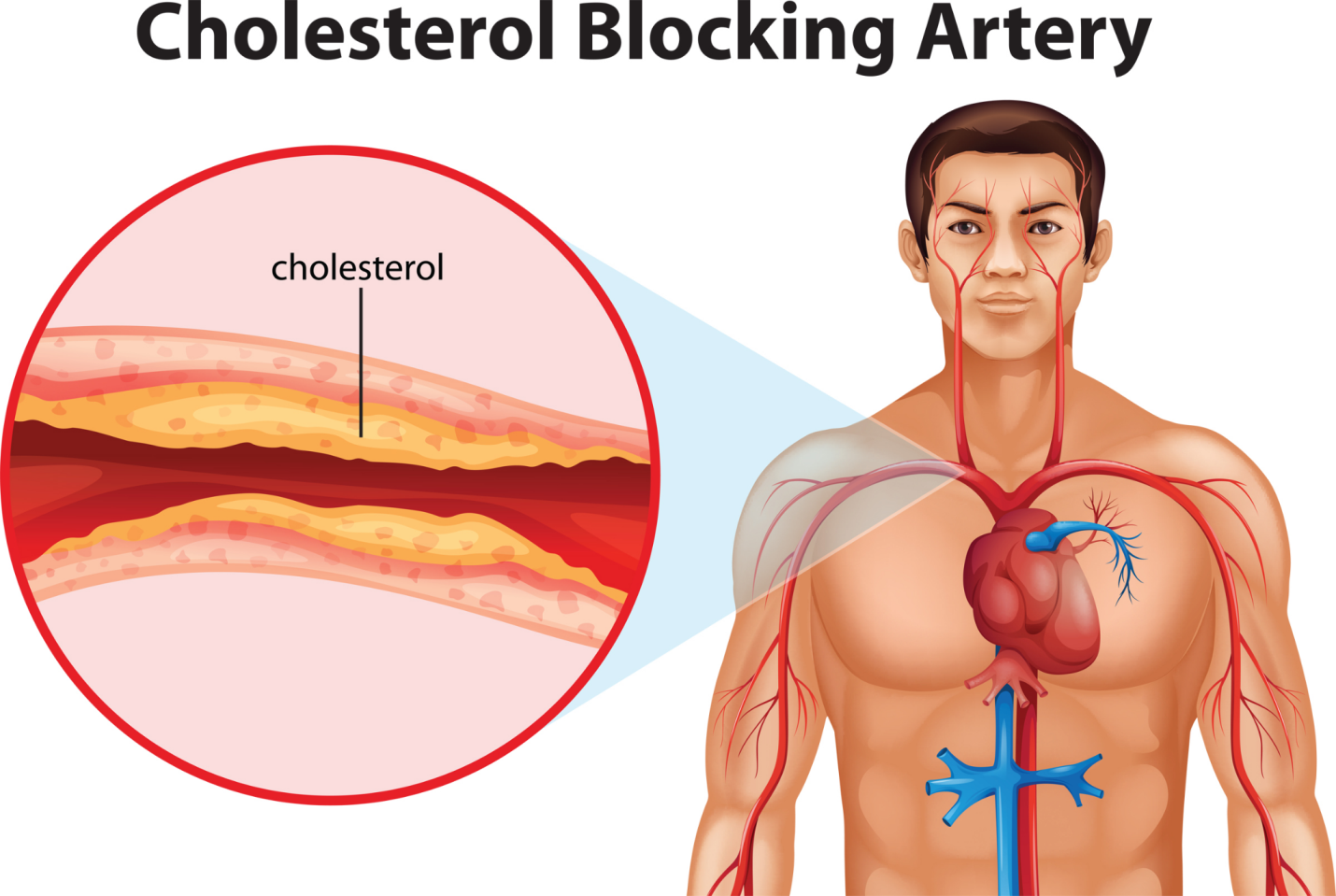





Copyright infringement not intended
Picture Courtesy: https://blmhospital.com/2019/09/18/cholesterol-the-good-the-bad-and/
Context: HDL cholesterol is correlated with low cardiovascular disease (CV) risk, and it has been traditionally labelled as "good" cholesterol due to its negative correlation with CV disease.
About Cholesterol
How does HDL-C protect the heart?
|
However, not all HDL particles are equally protective. Some HDL particles may be more effective at removing cholesterol from the arteries than others. Some HDL particles may even become dysfunctional and promote inflammation and oxidation. Therefore, the quality and function of HDL may be more important than quantity. |
How to measure and interpret HDL-C levels?
|
Several lifestyle changes can help to increase HDL-C levels and improve cardiovascular health: Exercise regularly, eat a healthy diet, quit smoking, limit alcohol intake, manage weight, etc. |
Conclusion
|
PRACTICE QUESTION Q. What type of cholesterol is considered "good" and helps remove excess cholesterol from the blood? A) Low-density lipoprotein (LDL) B) High-density lipoprotein (HDL) C) Very-low-density lipoprotein (VLDL) D) Chylomicrons Answer: B Explanation: HDL, or high-density lipoprotein, is considered "good" cholesterol. HDL plays a crucial role in cardiovascular health by helping to remove excess cholesterol from the blood vessels and transporting it back to the liver for excretion. This process is part of the reverse cholesterol transport (RCT) pathway. LDL (low-density lipoprotein) is often referred to as "bad" cholesterol because high levels of LDL can lead to the buildup of cholesterol in the arteries, increasing the risk of cardiovascular diseases. HDL, on the other hand, acts protectively. It picks up excess cholesterol from the blood vessels, including cholesterol deposits in artery walls, and returns it to the liver. This helps prevent the accumulation of cholesterol in the arteries, reducing the risk of heart disease. VLDL (very low-density lipoprotein) and chylomicrons are also types of lipoproteins involved in lipid transport, but they are not typically emphasized as "good" or "bad" cholesterol. VLDL is involved in transporting triglycerides, while chylomicrons transport dietary fats. Their roles are more focused on delivering fats to tissues rather than cholesterol management. |











© 2025 iasgyan. All right reserved